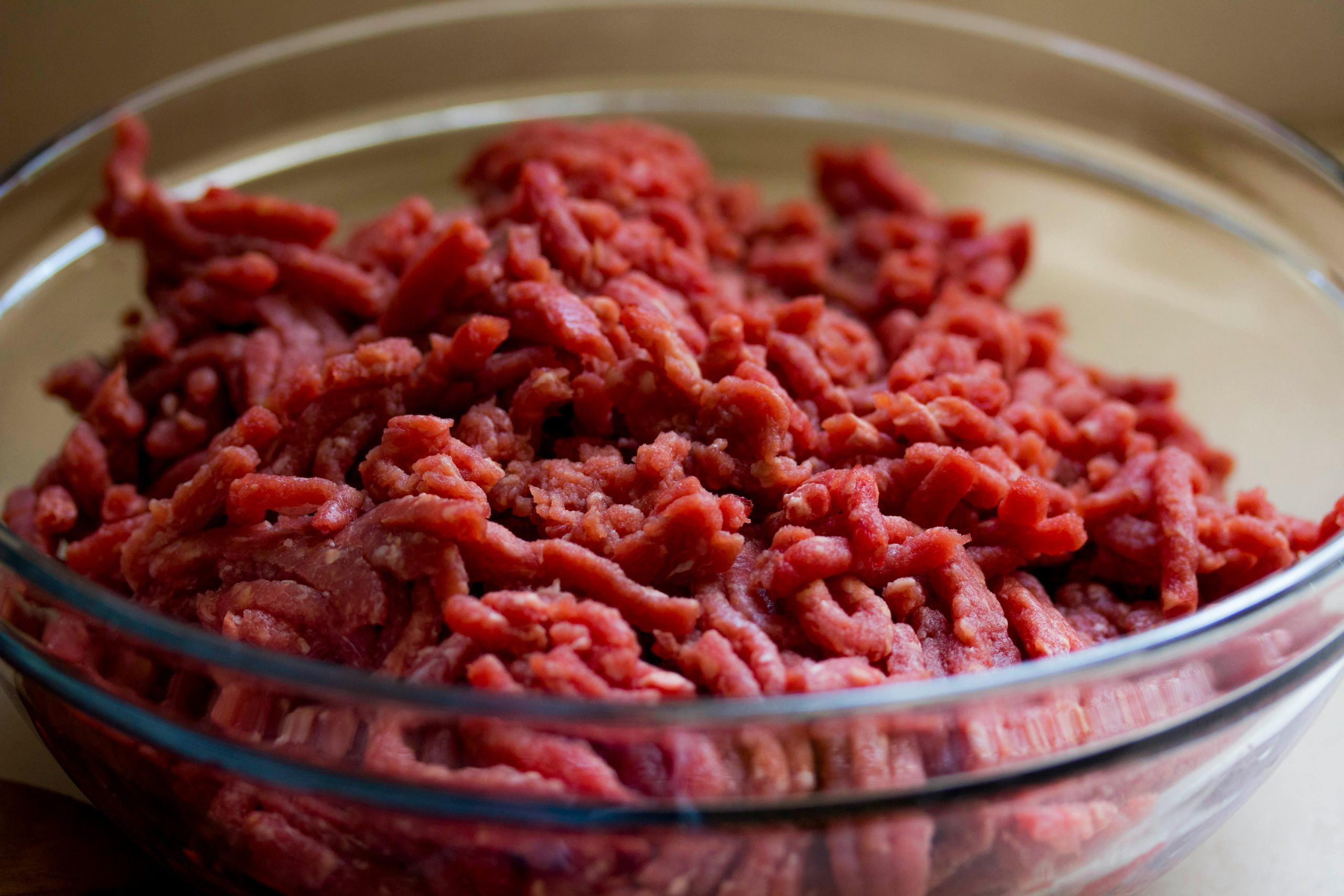The Future of Food: Lab-Grown Meat and Its Impact
A Revolution in the Kitchen to Come
The world of food is reaching a breaking point with this cultured meat a development which has raised both optimism and apprehension. The world’s population keeps climbing, and with it, demand for meat increases proportionately, yielding greater environmental and moral consequences. Conventional animal husbandry is destructive to the climate, ecosystems, and water supplies; it also spreads diseases. Lab-grown meat has the potential to be a sustainable alternative. It would offer the same taste and nutritional value as conventionally produced meat but with no harm caused.
What is Lab-Grown Meat?
Cultivated meat, otherwise known as cultured meat or cell-based meat, is a form of meat produced by cultivating animal cells in an extremely controlled environment. This process generally starts by extracting a few cells from an animal, which then gets put into a bioreactor where they multiply and develop into the same muscle tissue found in traditional meat. This breakthrough process avoids the slaughter of animals entirely and drastically minimizes most of the environmental footprint that emanates from traditional animal husbandry. The final product is real meat, with the same taste, texture, and nutritional properties as traditional meat, yet with only a fraction of the ecological footprint.

Recent Breakthroughs in Lab-Grown Meat
The journey to commercialization of lab-grown meat has been pretty tense over the years. Most importantly, the USDA has allowed companies like Eat Just and Upside Foods to manufacture and sell their cultivated chicken products. This regulatory seal of approval is a pivotal moment in and of itself for the industry to signal that lab-grown meat is ready to enter one of the world’s largest food markets. This might just turn out to be the entrance to more cultured meat across the globe, coming with a different set of advantages that range from environmental sustainability to food security.
Environmental Benefits of In-vitro Meat
However, things like the environmental benefit are what most advocate for in lab-grown meat. Farming for livestock, especially beef, is a notorious emitter of greenhouse gases. According to estimates, a single kilogram of beef produced results in as much as 100 kilograms of carbon dioxide equivalents released into the atmosphere. Lab-grown meat could theoretically cut such emissions drastically, especially if renewable energy sources are integrated into its production process.
One projection by the Good Food Institute and CE Delft puts cultured meat as having a far smaller carbon footprint by 2030 compared to conventionally raised meat. Cultivated meat also uses significantly less water and land, easing pressures on limited natural resources commonly associated with traditional methods of livestock farming. Lab-grown meat is being touted as one way to stem the environmental impacts of meat production in a world struggling to come to terms with the effects of climate change.
What’s Next: Challenges to Overcome
While big, the promise of cultured meat is there; moving into mainstream consumer acceptance does have its obstacles. The most important of them is how to scale up and meet commercial demand without jacking up the costs. Lab-grown meat cell culture medium remains expensive, and how to economize these costs is what the future of this industry will rest upon.
Besides financial setbacks, consumer acceptance is another issue to take into consideration. The majority of consumers are unfamiliar with the concept of cultured meat and may be concerned about its safety, taste, or nutritional value. Production will need open and clear communication to help the public understand the benefits and eliminate apprehensions. As more and more lab-grown meats reach mainstream markets, trust in and confidence in the product will be crucial to their long-term success.

Sustainable and Ethical Future Potential
But with all the challenges put aside, cultured meat still is one of the most promising solutions to some of the most pressing food production issues today. In providing a more sustainable and ethical alternative to conventionally produced meat, cultured meat could lower greenhouse gas emissions, conserve water, and even help solve global food security.
Moreover, cultured meat resolves the ethical dilemmas concerning animal welfare. There is no need for slaughter, so it opens up an avenue for meat consumption devoid of the moral and ethical bearings that come with factory farming. As more and more people become aware of the environmental impact and ethical dilemmas linked to food, cultivated meat may turn into a staple for people who look forward to leaving a lighter ecological footprint and standing in tune with their diets.
Lab-Grown Meat: Will It Be Part of Our Future?
While the science and technology in producing cultured meat find newer dimensions every day, so does its place in the global food system. The question remains whether the lab-grown meat will be one staple on our plate or this will be just a novelty. With ongoing research, development, and policymaker support, this prospect is getting increasingly concrete for lab-grown meat to change the food industry.
Ultimately, the future of cultured meat rests with the scientists who develop it, investors who bankroll production, regulators who approve what is allowed to enter the market, and the consumers who ultimately purchase. The more that companies are able to develop the taste, texture, and affordability of cultured meat the more open-minded consumers become towards embracing the trend we might be on the cusp of a major shift in how we produce and consume one of the world’s most popular food sources.

Conclusion
Lab-grown meat represents a disruptive change in the food industry, saves many of the environmental and ethical ills that come with traditional meat production, and has the potential to save emissions of greenhouse gases, conserve resources, and avoid killing animals. Challenges remain on whether it will scale into production and be accepted by consumers, but the future seems bright for lab-grown meat. This will largely depend on technological advancements, market dynamics, and especially how consumers will embrace this sustainable alternative, whether it goes into the mainstream or remains a niche product. Whatever the case may be, lab-grown meat could hold the key to a more sustainable and ethical food system for future generations.









